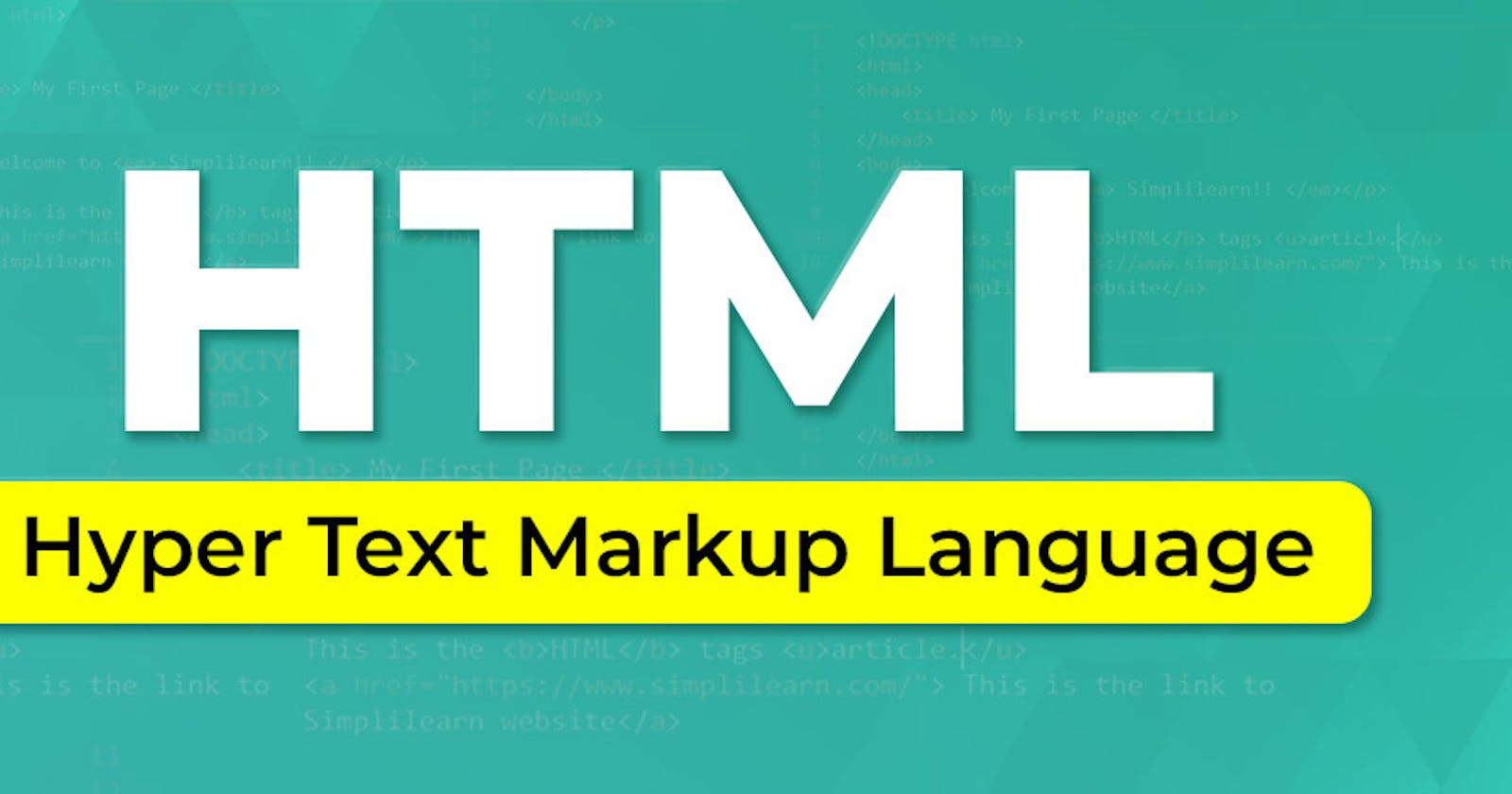Table of contents
No headings in the article.
HTML (Hypertext Markup Language) is a markup language used for utilized for making pages and web applications. It gives the design and content of a page by utilizing a bunch of markup labels that are deciphered by internet browsers to show text, pictures, and other media content. When you visit a website (e.g., www.facebook.com) your web browser retrieves the HTML web page and renders it
HTML documents comprise a series of elements, which are encased in labels, and frequently comprise a beginning tag and an end tag. The substance inside the labels is utilized to characterize the construction of the site page, including headings, sections, records, connections, and pictures such as “this is a heading”, “this is a paragraph”, etc.
Example
<!DOCTYPE html>
<html>
<head>
<title>Page Title</title>
</head>
<body>
<h1>My First Heading</h1>
<p>My first paragraph</p>
</body>
</html>
Example Explained
The <!DOCTYPE html> element characterizes that this archive is an HTML5 document
The <html> element is the root component of an HTML page
The <head> element contains metadata about the HTML page
The <title> element determines a title for the HTML page (which is displayed in the program's title bar)
The <body> element characterizes the document's body, and is a holder for every one of the visible items, like headings, paragraphs, pictures, hyperlinks, tables, lists, and so on.
The <h1> element defines a large/ enormous heading
The <p> element defines a paragraph
Image Tag
The HTML <img> tag is used to show or implant pictures on site pages.
Attributes:
src: It also contains the URL or path of the image to be displayed
alt: Defines an alternative text description of the picture.
loading: This shows how the program ought to load the image. There are two sorts of stacking, first "eager" which loads right away and second "lazy" which loads pictures when it goes under a specific viewport.
HTML is a foundational skill for anyone with any interest in web improvement, as it gives the fundamental structure blocks to making pages and interfaces.
To make an HTML document, you can utilize any text editor, like Notepad++, TextEdit, or Magnificent Text. Whenever you have made your HTML document, you can open it in any internet browser, like Chrome, Firefox, or Safari, to perceive what it looks like.
So, that concludes our discussion on the introduction to HTML. Many thanks assuming you made it this far; I'd very much want to hear your thoughts and contributions.

